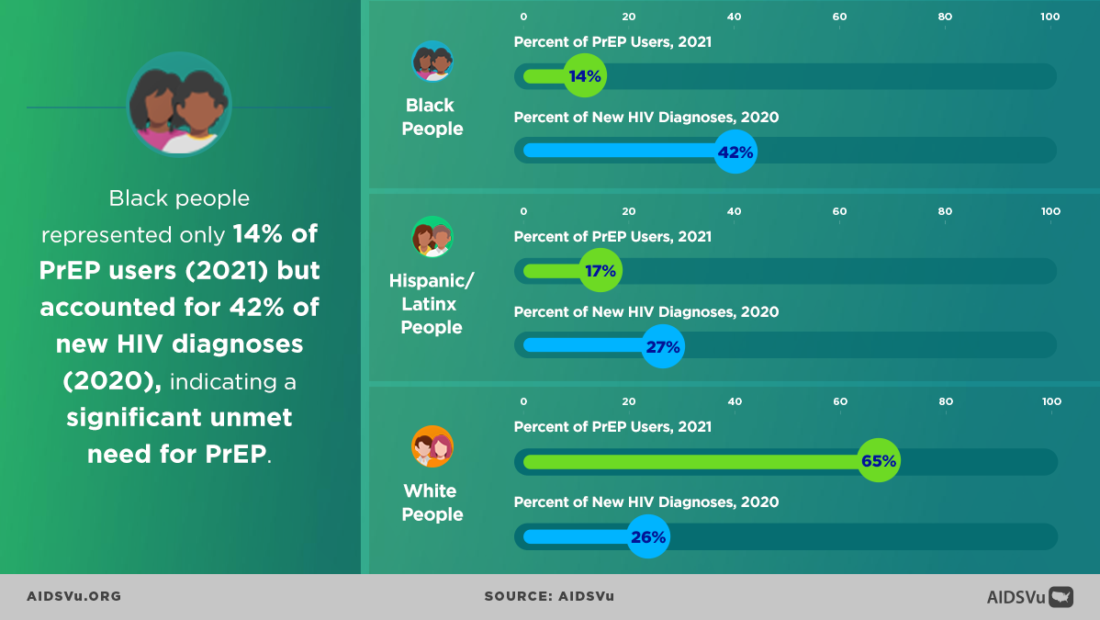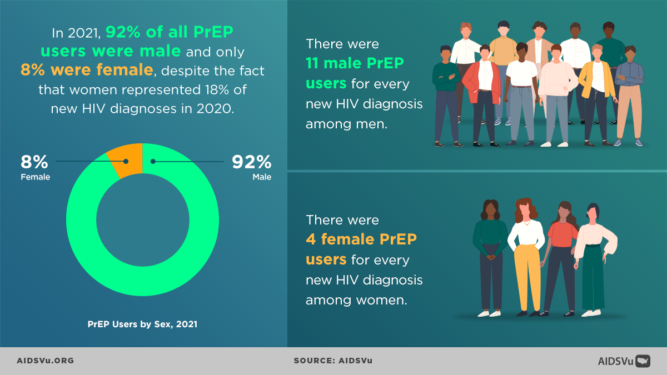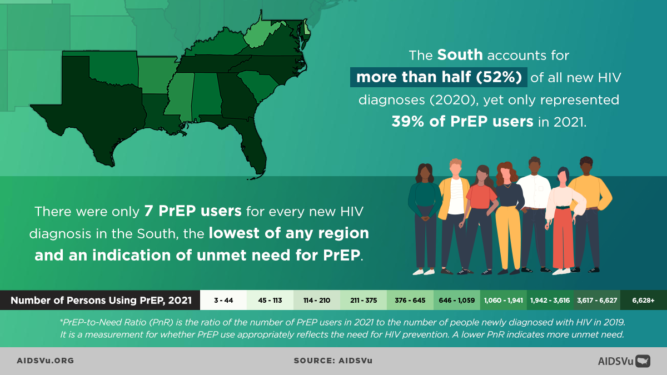PrEP Provider Toolkit
PrEP Background
Important PrEP Epidemiology
As alluded to in the initial section on HIV epidemiology, reductions in HIV incidence have not been favorable among the most critical patient populations.
Black and Latino patients make up the lionshare of new HIV cases every year yet, account for a small proportion of PrEP use (Figure 11).
Females account for nearly a fifth of new HIV infections but make up a meager 8% of all PrEP prescriptions (Figure 12).
By region, the South accounts for the majority of new HIV infections every year but PrEP use is limited to 39% of all active prescriptions (Figure 13).
Taken altogether, we now understand that PrEP is highly efficacious though its impact on public health measures has been rather restricted. It is no coincidence that the inequalities we see in PrEP care reflect the same patterns we see in so many other aspects of society.
Now, more than ever before, we must work together to improve these injustices to allow the potential of PrEP to take hold. Whether you are a general provider with no prior experience or a seasoned veteran in infectious diseases, the following sections will work to improve your comfort and delivery of PrEP care, especially to those who need it most.
Click image for full size view
Click the title of the figure to view source.
Figure 11 - Percentage of PrEP use in 2021 and HIV incidence in 2020 by Race
Source: AIDSVu. (n.d.). Deeper look: PrEP
https://aidsvu.org/resources/deeper-look-prep/
Figure 12 - Percentage of PrEP use by sex, 2021.
Source: AIDSVu. (n.d.). Deeper look: PrEP
https://aidsvu.org/resources/deeper-look-prep/
Click for full size view
Figure 13 - PrEP Use in the Southern Region of the U.S., 2021.
Source: AIDSVu. (n.d.). Deeper look: PrEP
https://aidsvu.org/resources/deeper-look-prep/


